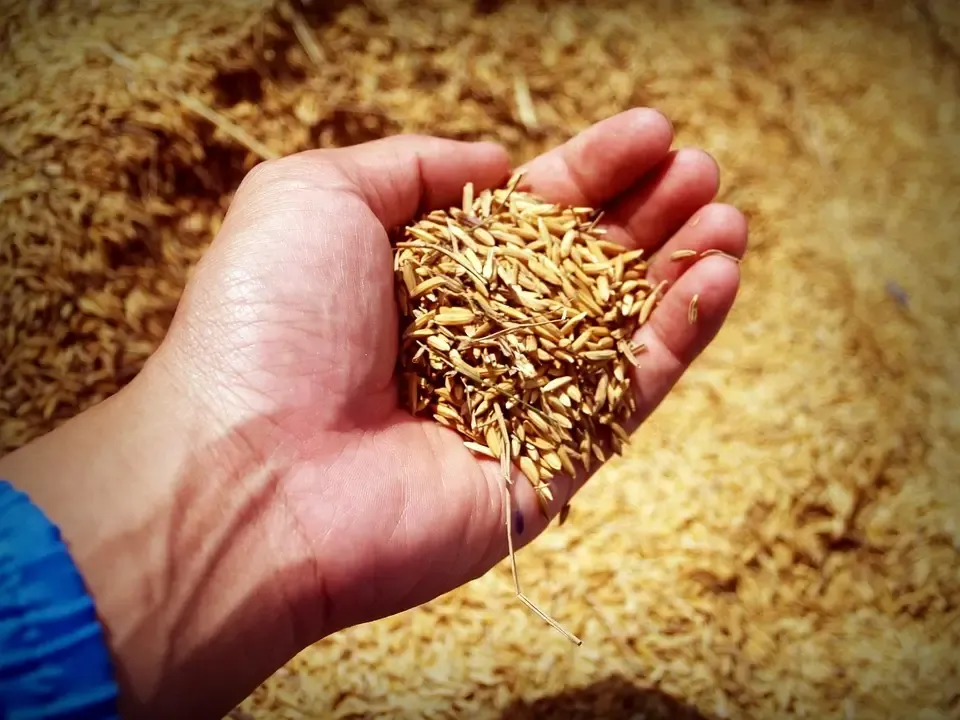
Proper Use Tips and Precautions for Rice/Wheat Combine Harvester Mar, 23, 2025
Rice combine harvesters are used to harvest rice or wheat. Combined rice harvesters can complete the entire process of rice or wheat harvesting, including harvesting, threshing and grain cleaning. Correct use of the machine can not only improve work efficiency, but also extend its service life. Below, I will give you some advice on how to use a combined rice harvester correctly.
- Rice Harvesting Plan for Flat Fields with Upright and Non-Lodged Rice
- Harvesting Plan for Lodged Fields
- Harvesting Plan for Unevenly Matured or High-Moisture Rice Fields
- Frequently Asked Questions (FAQs) on Rice Harvesting by Farmers
Factory Price Small Rice/Wheat Combine Harvester
Rice Harvesting Plan for Flat Fields with Upright and Non-Lodged Rice
- The cutting platform for harvesting rice should not be raised too high; a height of 10-20 centimeters above the ground is ideal. This ensures that neither long stubble is left nor the rice panicles are damaged.
- The threshing machine speed should be adjusted flexibly: increase the speed if the rice is wet and decrease it if the rice is dry to prevent the grains from being crushed.
- Maintain a vehicle speed of 3-5 kilometers per hour (slightly faster than walking speed). Avoid pressing the accelerator too hard, as this can lead to incomplete threshing and machine clogging.
- Choose the appropriate time for harvesting. It is best to harvest rice or wheat after 10 a.m., when there is less dew and the crops are drier. Additionally, avoid harvesting grains immediately after rain or during rainfall, as this can cause the harvester to clog and increase grain loss.
Harvesting Plan for Lodged Fields
- The harvesting direction should be opposite to the direction in which the rice is lodged. For example, if the rice is lodged to the east, harvest from west to east to minimize missed cutting.
- The cutting platform should be close to the ground to “scoop up” the lodged rice. Increase the speed of the reel to more effectively lift the rice panicles.
Harvesting Plan for Unevenly Matured or High-Moisture Rice Fields
- Divide the field into several sections and harvest the fully matured areas first, leaving the greener sections for later. When harvesting green rice, slow down the threshing drum speed and increase the fan speed to blow away broken leaves.
- Wet rice is prone to mold, so it should be spread out and dried immediately after harvesting. Additionally, increase the threshing gap and fan speed to reduce broken grains and blow away weeds. If the grain moisture content exceeds 25%, it is recommended to delay harvesting!
Frequently Asked Questions (FAQs) on Rice Harvesting by Farmers
Q1: How many acres can a harvester cover in a day?
- For regular fields: 50-80 acres/day; for lodged fields: 20-30 acres/day.
Q2: How to judge the best harvesting period of rice/wheat?
- When 90% of the rice ears are yellow and mature, and the grain moisture content is 18-22% (measured by biting the grains without leaving a tooth mark).
Related products
© 2024-2025 Saturnagri Inc. All Rights Reserved